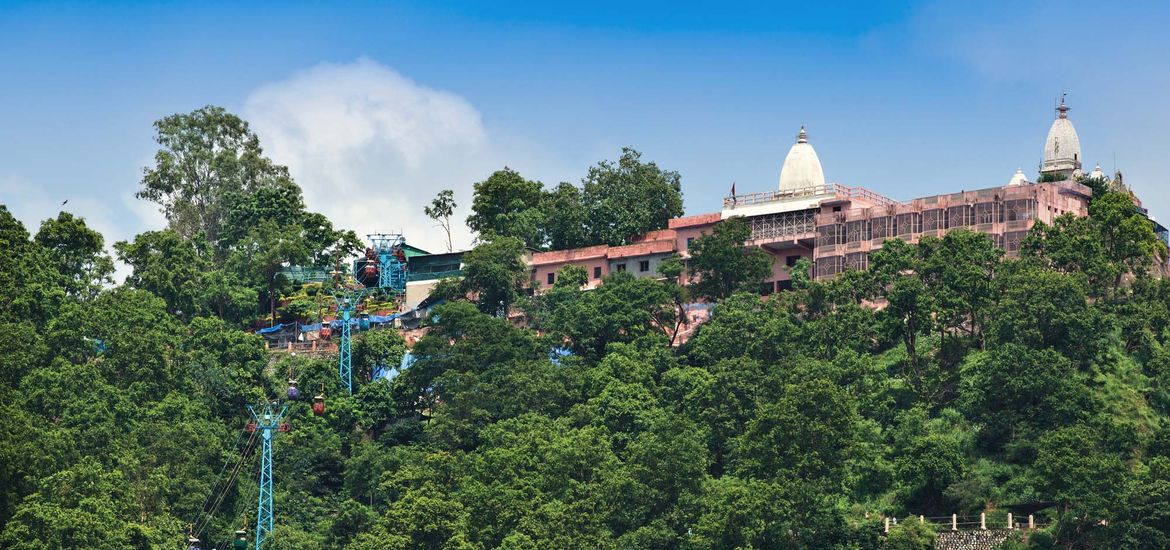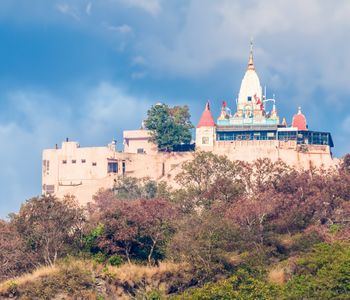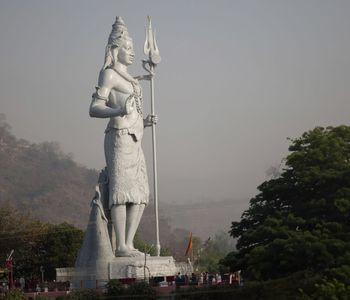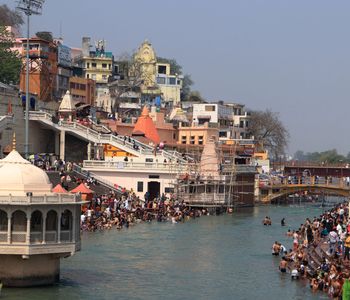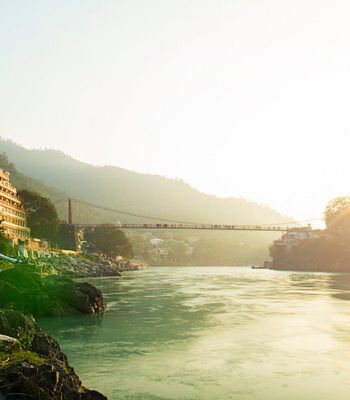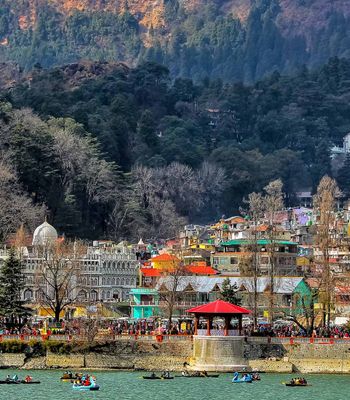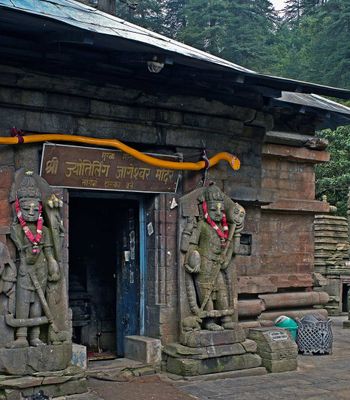Mansa Devi Temple, one of the most revered shrines in Haridwar, Uttarakhand, is dedicated to Goddess Mansa Devi, an incarnation of Shakti known for granting wishes and bestowing protection upon her devotees. The temple stands proudly atop Bilwa Parvat on the Sivalik Hills, the southernmost mountain chain of the Himalayas.
Also known as Bilwa Tirth, it is one of the Panch Tirth (Five Pilgrimages) in Haridwar and holds a special place in the hearts of millions of worshippers. Pilgrims from different parts of India and abroad visit, inspired by the belief that Goddess Mansa listens to her devotees' prayers and blesses them.
A Glimpse into the History of Mansa Devi Temple
According to popular belief, the temple’s origins lie in the divine inspiration of Lord Shiva. A well-known folk tale tells the story of a girl, unaware of her divine origin, who longed to discover her true identity.
Committed to her search, she undertook years of spiritual practice to meet Lord Shiva. Impressed by her dedication, Shiva is said to have revealed her divine nature and granted her powers to help others.
Throughout history, the temple has played a significant role in reinforcing Haridwar’s status as one of the seven holiest places (Sapta Puri) in Hindu tradition. Over the centuries, it has also been an important stop for devotees undertaking the Char Dham Yatra.
Architectural Splendour on Bilwa Parvat
Perched on Bilwa Parvat, the highest point in the Sivalik Hills, Mansa Devi Temple is a fine example of traditional North Indian temple architecture. The temple’s design features intricate carvings that reflect the artistic heritage of the region.
The inner sanctum of the temple houses two striking deities of Mansa Devi—one depicted with eight arms and another with three mouths and five arms. These forms symbolise the multifaceted nature of the goddess, representing strength, compassion, and the power to grant wishes.
The Pulse of Worship: Everyday Rituals
Mansa Devi Temple is an active place of worship where daily rituals are carried out. Devotees visit throughout the day to offer prayers, especially during the morning and evening aartis.
During the aartis, priests chant hymns and perform rituals dedicated to Goddess Mansa Devi. Many visitors tie threads to a sacred tree within the temple grounds as a way to express their wishes. If the wishes are believed to come true, they often return to untie the threads in thanks.
Lesser-Known Aspects of Mansa Devi Temple
Beyond the well-known traditions and rituals, Mansa Devi Temple has several lesser-known aspects that add depth to its spiritual and cultural heritage:
- Mansa Devi is often considered either the daughter or the sister of Lord Shiva through her association with Nāga Vasuki.
- The name “Mansa” itself, derived from the Sanskrit word “mansha”, means “wish,” and devotees have long believed that the goddess has the power to fulfill even the most heartfelt desires.
- Mansa Devi Temple is a Siddh Peeth, which means it is believed to grant the wishes of those who pray there. It is one of the three Siddh Peeths in Haridwar, along with Chandi Devi Temple and Maya Devi Temple.
The Ideal Time and Ways to Visit
Mansa Devi Temple welcomes visitors year-round, with each season offering something a little different. The temple is open daily from 5 am to 9 pm, giving you ample time to explore at your own pace.
The cooler months, especially from December to February, are often preferred for their calm weather and clearer views from Bilwa Parvat. If you don’t mind a livelier atmosphere, the summer months from May to September are also popular, thanks to festival activity and larger crowds.
Journey to Mansa Devi’s Heights
There are several ways to reach the temple, making it accessible to both local and international visitors.
By Air
The nearest airport is Jolly Grant Airport (DED) in Dehradun, approximately 40 km from Haridwar. Once in Haridwar, local transport options such as rickshaws or auto-rickshaws can easily take you to the base of Bilwa Parvat.
By Train
Haridwar Junction is the nearest major railway station (about 4 km away) and is well-connected to cities like Delhi, Mumbai, Kolkata, and Jaipur. After arriving at the railway station, it is just a short 10-minute drive to the temple.
By Road
Haridwar is well-connected by road, with many national highways linking it to nearby cities. Once in Haridwar, local transport options will help you reach the base of Bilwa Parvat. For those who enjoy a bit of exercise, the ascent to the temple on foot is a rewarding experience.
The Ropeway Experience
Many visitors choose the Mansa Devi Udankhatola cable car to reach the temple, as it provides a convenient and scenic option. The ride covers about 540 metres in distance and climbs 178 metres in elevation. It usually starts around 7 am from April to October and around 8 am during the other months. The price starts at approximately INR 122 per person.
When the Divine Descends: Festivals at Mansa Devi
Mansa Devi Temple is a focal point for many festivals and religious gatherings throughout the year.
- Navaratri Celebrations: During Navaratri, the temple sees more visitors than usual, with people coming to take part in prayers and small cultural events. The temple is modestly decorated with flowers and lights, creating a pleasant, festive feel.
- Kumbh Mela and Other Pilgrimages: Haridwar is one of the four main locations where the Kumbh Mela takes place every twelve years. While the ritual bathing in the Ganges is the heart of the event, the entire city, including the Mansa Devi Temple, becomes part of the celebration. During this time, thousands of devotees from across India and abroad gather in Haridwar.
From its mythic origins and captivating legends to the modern-day conveniences, every aspect of the Mansa Devi Temple is designed to bridge the gap between the earthly and the divine. It invites all to trust in the promise of wish fulfillment and to find comfort in the enduring presence of a goddess who continues to guide and protect her devotees.
